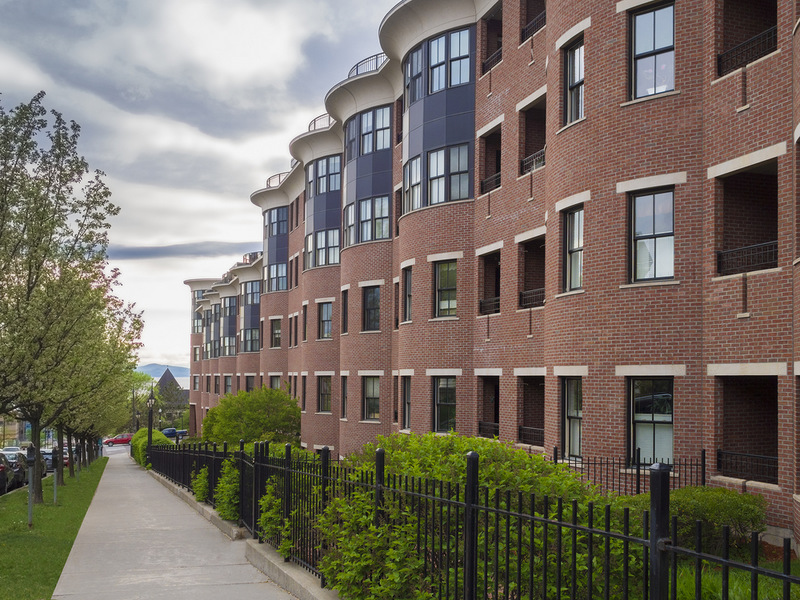HUD Cuts
Improvement funds fall short
The U.S. Department of Housing and Urban Development (HUD) granted $1.8 billion to public housing authorities throughout the nation. The funds will allow properties to make major renovations to existing properties that improve habitability andsustainability. The grant falls woefully short of the estimated $25.6 billion needed to bring the nation’s 1.1 million public housing units […]
